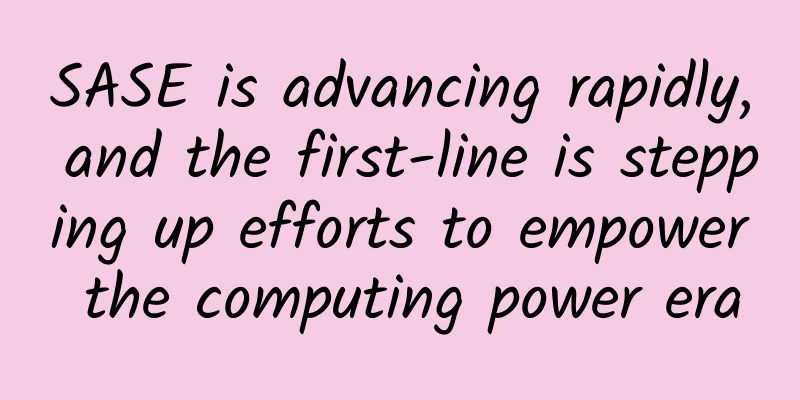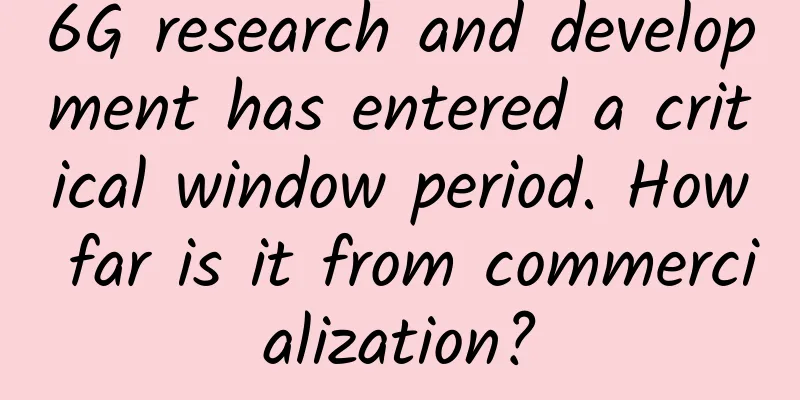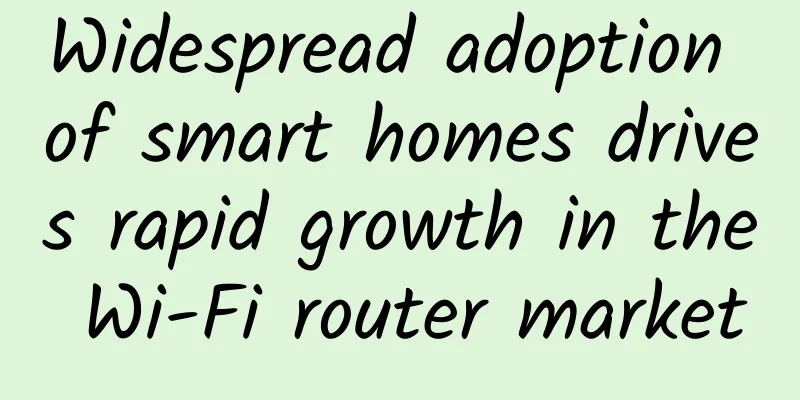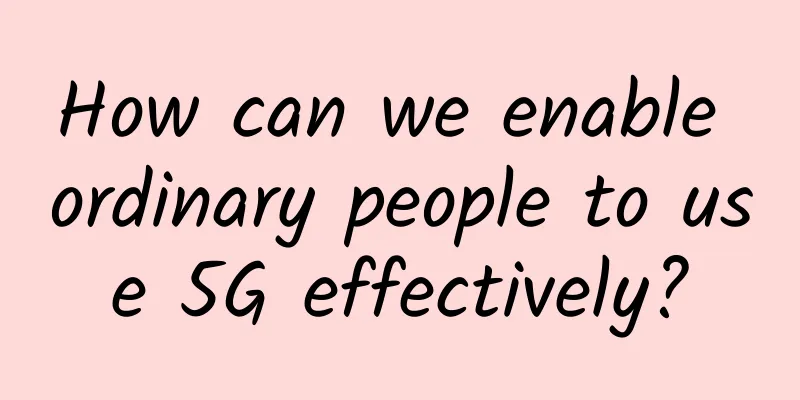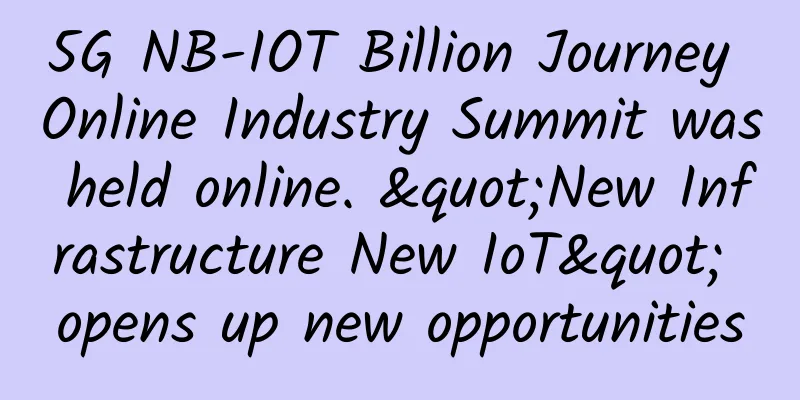Network | Can 5G’s cool applications be realized?
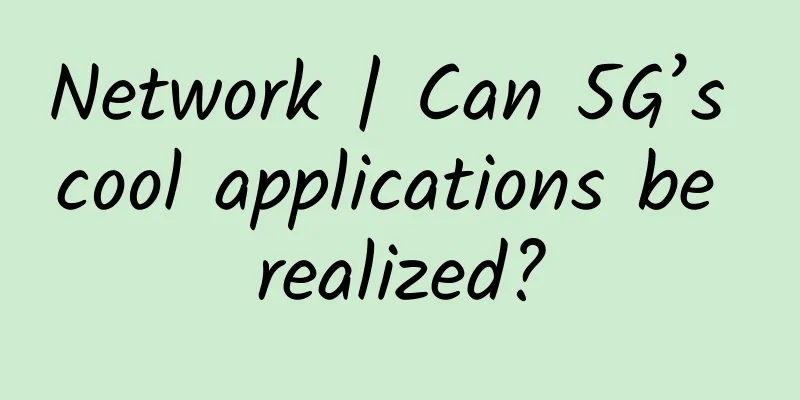
|
5G is coming to us rapidly. Once upon a time, its appearance was vague. As the latest generation of mobile communication technology, how will 5G change our lives? People are full of expectations and imagination about this. At every communication-related exhibition, 5G service demonstrations are the undisputed protagonist. The wonderful combination of ultra-high-definition video, virtual/augmented reality, smart robots, holographic projection, autonomous driving and other cool services and 5G always attracts countless eyeballs and makes people impressed by the charm of technology. When I come to my senses, do these businesses necessarily require 5G participation? As a network infrastructure, 5G itself can only provide a transmission channel with high speed, large connection, high reliability and low latency. If other forms of pipes (wired connections such as fiber, or wireless connections such as WiFi, LoRa, etc.) can also support these applications, what is special about 5G? 2019 is the first year of 5G. China has issued 5G licenses and the construction of 5G base stations is in full swing. With the maturity of 5G chips, 5G mobile phones have sprung up like mushrooms after a rain, and the prices are becoming more and more affordable. Finally, 5G is no longer a distant fantasy, and its appearance is no longer vague. Just spend a few thousand yuan to buy a 5G mobile phone, and you can hold it in your hand and play with it at will. As the saying goes, distance creates beauty. Once you become familiar with something and lose its mystery, its value will naturally plummet. Indeed, it is quite exciting to test the speed with a 5G phone, and watching videos does buffer quickly and without any lag, but is this the 5G that claims to "change the world"? So, suddenly the "5G is useless" theory began to gain popularity. This is because people's feelings are always subject to the environment they are in. For ordinary people, they mainly use mobile phones to connect with the outside world, and all current applications are very smooth in a 4G environment with good coverage. In addition, in addition to 4G, there is WiFi as a supplement, and the speed is not bad. At present, there is no so-called "killer" application that can only run smoothly under 5G. In fact, what ordinary users use on their mobile phones is only 5G's eMBB (enhanced wireless broadband) service, which can only be said to be the tip of the iceberg of 5G applications. 5G also has two other major application scenarios: mMTC (super-large-scale machine type communication) and uRLLC (ultra-reliable low-latency communication). The last two applications of 5G are mainly used in the Internet of Things, which has little to do with ordinary people, so they cannot be felt intuitively. They are aimed at enterprises and provide vertical industry applications, which will empower production in various industries, thereby indirectly affecting our lives in a subtle and silent way.
5G network slicing implements multiple logical networks with isolated resources on a physical network. Applications with different characteristics have very different requirements for the network. Some require large bandwidth, some require large connections, and some require low latency. It is very costly to meet these requirements on the same network at the same time. Network slicing can meet these requirements by customizing different logical networks for them. From a comprehensive business perspective, the target architecture of the slice network includes the business layer, slice management layer and network layer. The business layer provides slice design services and purchase entry for vertical customers; the slice management layer provides slice scheduling, management and instantiation; the slice network layer is the physical equipment and logical modules that support upper-layer applications. Edge computing (MEC, Multi-access Edge Computing) is to enable large amounts of data computing to be performed at the edge of the network. This not only reduces latency, but also reduces upward transmission bandwidth. More importantly, it keeps critical data within the enterprise, making it more secure. 5G can naturally support MEC. Since the 5G core network adopts a service-oriented architecture with separated user plane and control plane, its user plane unit UPF can be easily deployed within the enterprise or even on the MEC server, so that the user plane can be processed nearby and key data will not flow out of the enterprise. The architecture of 5G+MEC is shown in the figure below. In summary, 5G's support for the three major application scenarios of eMBB, mMTC and uRLLC, network slicing, edge computing, and core network user plane sinking can better serve various industry applications. Moreover, these 5G functions must be realized in the SA scenario, which is one of the reasons why China is currently vigorously developing the 5G SA deployment model. In other words, most of 5G technologies are for industry applications. This is the essence of 5G and the way to "5G changes the world." So, in what industries can the three major application scenarios of 5G be used, and what changes can they bring? 1. 5G+Video First of all, since 5G can provide high speed and low latency, the applications that are easiest to think of and do are those related to high-definition video. The collected surveillance videos/images are transmitted back in real time through 5G, and combined with the edge computing (MEC) unified monitoring platform, real-time analysis and alarm of personnel violations and factory environmental risk monitoring can be achieved, thereby improving operational safety. Derived from high-definition video, technologies related to virtual reality (VR) and augmented reality (VR) and ultra-high-definition video also require the support of 5G. Due to the three major characteristics of VR, namely immersion, interaction and conception, its main applications in the industrial Internet are virtual assembly, virtual training, virtual exhibition halls and other scenarios. The 720° panoramic display makes people feel as if they are in the scene, and the information transmission is richer and more intuitive. AR is integrated into the interaction, marketing, design, procurement, production, logistics and service of industrial manufacturing. For example, through AR remote assistance, experts can remotely mark the status of equipment and operation methods in real time in AR glasses, realizing zero-distance communication between on-site personnel and remote experts. The data collected by 5G high-definition video, combined with edge computing and artificial intelligence, the resulting computer vision or machine vision can realize applications such as character recognition, face recognition, visual positioning, behavior analysis, object recognition, object measurement, object sorting, etc., which is an advanced form of video application. 5G+video is the first mature basic application of 5G, which can serve a variety of vertical industries, including manufacturing, energy, medical care, education, construction, e-commerce and many other industries. 2. 5G+Industry 5G+Industrial Internet is the prerequisite for intelligent manufacturing. As early as 2012, when General Electric proposed the concept of "Industrial Internet", it said: "Industrial Internet is about connecting people, data and machines." The Industrial Internet can be understood from three aspects: "network", "data" and "security". Network is the foundation, data is the core, and security is the guarantee. For 5G to play a role in the industrial Internet, it is nothing more than serving as a network infrastructure, and then using its three capabilities of high speed, large connections, and ultra-reliability and low latency to build suitable industry applications on it. In the initial stage, these industry applications are mostly based on 5G+video smart park security, inspection, as well as peripheral applications such as AR remote assistance and VR virtual training. At present, core industrial manufacturing control is still relatively difficult. With the continuous research and exploration of the industry, and when more applications mature, the core industrial control links will be gradually touched upon. At present, in addition to smart security and inspection, 5G can also be used in the following scenarios in the industrial Internet. Data collection : For data collection from internal modules of various equipment in the factory and various environment-related sensors, large-connection IoT technology is needed, which is the 5G mMTC scenario. Industrial wearables: The skills required of modern field workers are becoming more and more professional, which requires various VR/AR smart wearable devices as assistance. At the same time, since wearable devices have strict requirements on mobility, bandwidth, and latency, the three major application scenarios of 5G can meet the above requirements. Visual quality inspection : The advanced application of 5G+ video, that is, machine vision, as a typical eMBB scenario, also needs to be combined with edge computing and artificial intelligence to be completed efficiently. Industrial control : In many scenarios, it is not suitable for people to work, such as high-altitude, high-altitude, toxic and other harsh environments, which requires remote control. Remote control not only requires ultra-high-definition video backhaul, but also requires extremely low latency and reliability. 5G can meet these requirements. In the long run, 5G will gradually penetrate into the core areas of industrial control, partially replace the wired IT/OT networks at industrial sites, and even subvert the form of industrial control and some equipment products. 3. 5G+Power Electricity is such an industry that is developing towards a digital energy internet. From the previous large-scale grid interconnection to the current booming smart grid management, new energy access, smart meters and other smart grid applications, it will eventually evolve towards comprehensive intelligence. Let’s first look at the degree of match between current smart grid demands and 5G. First, for power system production control requirements, such as distribution automation, active distribution network differential protection, distributed power access control and other applications, 99.999% reliability is required, and the latency requirement ranges from 10 milliseconds to 50 milliseconds. This is obviously the requirement of 5G uRLLC. Then, for the mobile application needs in the power production management system, it is necessary to carry out regular inspections by drones or robots, high-definition video monitoring, AR/VR-assisted maintenance and training, and various natural disaster protection tasks. These tasks require the return of a large number of pictures, videos or media streams, which belong to the eMBB scenario. In addition, for the information collection needs of a large number of power infrastructure, such as management and status monitoring, energy consumption management, street light control, smart meter reading and other services, the number of connections is huge, and the latency and bandwidth requirements are not high. 5G's mMTC service just meets the needs.
Through edge computing technology, the power grid can sink the data processing logic currently located at the main station, and local smart terminals can process power information in real time. On the one hand, this can improve the response speed of the distribution automation system and reduce latency; on the other hand, it can reduce the bandwidth occupancy caused by long-distance data transmission. 4. 5G+Healthcare The COVID-19 pandemic has brought about dramatic changes in our lives and has also put the medical system to the test. Changes in the external environment have prompted the integration, innovation and transformation of the medical system and 5G. After the outbreak, many 5G use cases such as remote consultation and intelligent medical robots were quickly put into the fight against the epidemic, showing the value of 5G. On March 24, the Ministry of Industry and Information Technology issued 18 measures in five aspects to promote the accelerated development of 5G, including promoting the innovative development of "5G+medical health". On March 24, the Ministry of Industry and Information Technology issued 18 measures in five aspects to promote the accelerated development of 5G, including promoting the innovative development of "5G+Healthcare". The article points out that it is necessary to carry out the construction of 5G smart medical systems, build 5G smart medical demonstration networks and medical platforms, and accelerate the application and promotion of 5G in epidemic early warning, pre-hospital emergency, remote diagnosis and treatment, intelligent image-assisted diagnosis, etc. Further optimize and promote the excellent application of 5G in the fight against the new crown pneumonia epidemic, promote remote physical examinations, consultations, medical assistance and other services, and promote the sharing of medical resources. It can be seen from this "general outline" for 5G development that 5G smart healthcare will be the next focus of my country's 5G work. The initial implementation of smart medical applications is mainly remote video-assisted applications such as virtual teamwork, remote medical support, and remote follow-up visits. As for remote surgery, which is highly anticipated, it is still a long way from mature application due to its high technical and management requirements. Virtual teamwork : Due to the slow integration of traditional medical care and digital systems and the lack of unified coordination and management, 5G can provide medical teams with video assistance and virtual team office services. Telemedicine support : During the epidemic, community or mobile medical staff encounter problems that are difficult to judge and cannot get support from senior professionals. What can they do? With the help of 5G telemedicine examinations, experts can provide remote video assistance, real-time data analysis and other support. It can even provide video assistance to ambulances, quickly establish communication channels between medical staff and experts, and use network slicing to ensure service quality. |
<<: Seizing the 5G trend, smart city construction enters a new stage
Recommend
BandwagonHost: Los Angeles CN2 VPS annual payment starts at $46.7, 2.5-10Gbps bandwidth CN2 GIA line quarterly payment starts at $46.7
BandwagonHost VPS belongs to the old IT7 company....
Programmers need to understand CDN, this article should be enough
I recently learned about edge computing and found...
Hosteons: Starting from $12/year - 256MB/10GB/2TB@10Gbps/9 data centers including Los Angeles, Portland, and Salt Lake City
Last month we shared the news that Hosteons was g...
RAKsmart cloud server flash sale starts at $1.99/month, popular VPS host $0.99/month, US/Hong Kong/Japan/Singapore data center
At the beginning of the month, the tribe shared i...
The Internet of Things in the Eyes of Operators: The Story of the Internet of Things and Two Scissors
Previous article: "The Internet of Things in...
There are some tips for sharing WiFi passwords that don’t require verbal communication
The rapid rise of mobile Internet has made it eas...
ColoCrossing: $10/year-1GB/20G SSD/1Gbps unlimited traffic/Los Angeles & New York data centers
ColoCrossing also started selling VPS, which is w...
How 5G will change engineering design
The past decade has seen unprecedented technologi...
Summary information: PIGYun/Lisa Host/Vmshell/CoNoov/Vollcloud/KuaiKuai Network/LiuLiu Cloud/Yitan Cloud/Yunmi Technology
Recently, we have received a lot of product or pr...
In order to suppress China's 5G, American manufacturers teamed up to "turn the table"? How should Chinese manufacturers respond?
[[325361]] According to foreign media reports, re...
Another batch of long transactions, who is to blame for the P0 failure?
In recent weeks, there have been many service err...
How can you explain in simple terms the difference between TCP/UDP protocols and HTTP, FTP, SMTP and other protocols?
Let's first assume that there is no TCP, or e...
"You may need to change your SIM card to use 5G" is a hot topic due to concerns about user experience
One person’s opinion Users hope that operators ca...
What is the appropriate number of Goroutines? Will it affect GC and scheduling?
[[387141]] This article is reprinted from the WeC...
edgeNAT National Day VPS 20% off monthly payment, 30% off annual payment, top up 500 yuan and get 100 yuan
edgeNAT has launched this year's National Day...
